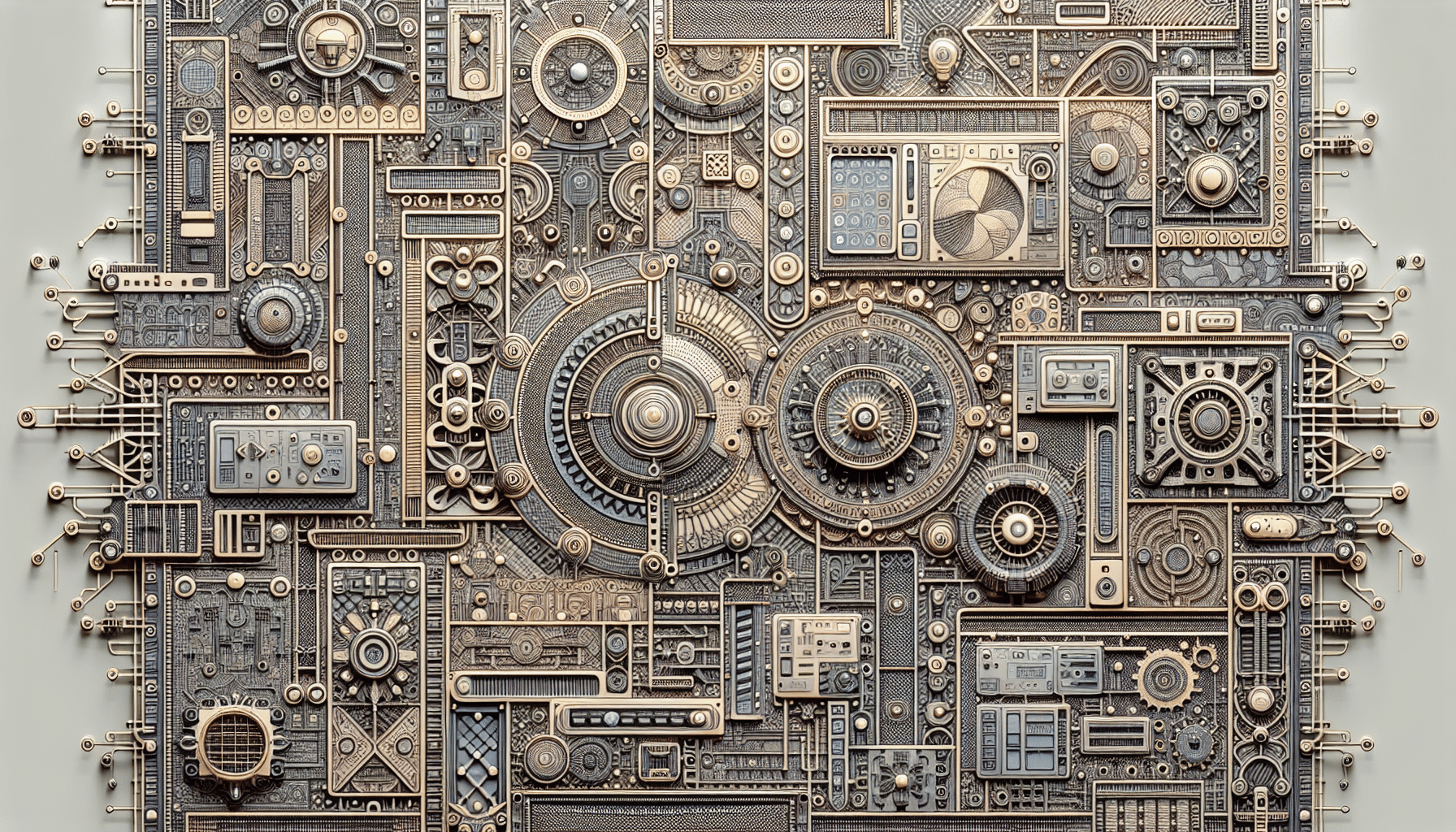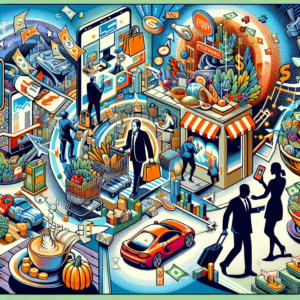In a world where technology and design intertwine in surprising ways, 2025 is shaping up to be the year when the walls of futuristic homes will experience an aesthetic and functional revolution. The new trend is called “interactive surfaces,” a concept that goes beyond simple decoration to transform the domestic environment into an immersive experience.
Interactive surfaces are panels designed with augmented reality technology and touch-responsive capabilities. These walls not only serve their aesthetic function, offering vibrant and personalized designs, but also allow inhabitants to modify their appearance and functionality through gestures or voice commands. Users will be able to change the color, texture, and even the images projected on their walls, adapting them to different moods or home activities.
This concept has been developed by several technological startups and visionary architects seeking to integrate artificial intelligence into the domestic sphere. The systems will be able to learn from users’ preferences, creating dynamic personalization that responds to their daily needs. For example, during a family gathering, the walls could reflect images of shared moments or display a serene landscape to encourage a relaxed atmosphere.
In addition to their customization capabilities, these interactive surfaces are designed to be sustainable. They are made with recyclable materials and use energy-saving technologies that allow for efficient electricity use. The integrated LED lighting adjusts automatically to the brightness of the environment, and some models even incorporate solar panels to power their operation.
Design and architecture experts highlight that this trend will not only change the way interior spaces are perceived and used but may also have a significant impact on residents’ mental health. By being able to alter the visual environment based on their emotional state, inhabitants will have greater control over their surroundings, which could contribute to reducing stress and anxiety.
However, the implementation of these technologies in the home is not without challenges. The initial investment to equip a home with these interactive surfaces is significant and raises questions about the privacy of data collected by the systems. Experts warn about the need to establish clear regulations that protect users and regulate the use of artificial intelligence in private settings.
Thus, as we venture into 2025, the trend of interactive surfaces promises not only to transform the walls of our homes but also the way we live and interact with our environment. The fusion of art, technology, and sustainability marks the beginning of a new era in interior design, where the home becomes a space truly tailored to the desires and needs of its inhabitants.
Source: MiMub in Spanish











